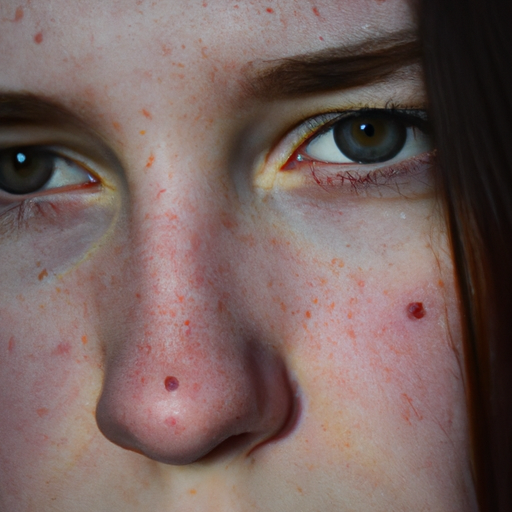As a medical professional, I have encountered a multitude of skin conditions, each with its unique set of symptoms and treatments. One of the most common conditions I’ve come across is dry skin, a condition that affects millions worldwide. Dry skin, also known as xerosis cutis, can be a nuisance, causing discomfort and sometimes leading to more severe skin conditions. This article aims to provide a comprehensive guide to diagnosing and treating dry skin.
Dry skin is characterized by a lack of the appropriate amount of water in the most superficial layer of the skin, the epidermis. While dry skin tends to affect hands, arms, and lower legs, it can appear anywhere on the body. Symptoms often include a feeling of skin tightness, especially after showering, bathing or swimming; skin that feels and looks rough; itching; slight to severe flaking, scaling or peeling; fine lines or cracks; redness; and deep cracks that may bleed.
Various factors can cause dry skin. These include environmental factors like cold or hot weather, low humidity, and soaking in hot water. Certain diseases also increase your risk of dry skin. Examples include atopic dermatitis (eczema), psoriasis, diabetes, hypothyroidism, and malnutrition. Aging is another significant factor as the skin tends to become thinner and drier as we age.
Diagnosing dry skin is usually straightforward. It often involves a physical examination and a review of your medical history. In some cases, if the cause of dry skin is unclear or if the condition doesn’t improve despite treatment, your doctor might suggest a skin biopsy. This involves taking a small sample of skin for laboratory testing.
Once diagnosed, treatment focuses on relieving symptoms and preventing future episodes. The first line of defense is often over-the-counter (OTC) treatments. These include creams and ointments that contain lactic acid or lactic acid and urea, alpha-hydroxy acids, glycerin, lanolin, mineral oil, petroleum jelly, or hyaluronic acid.
Applying these products immediately after bathing can help trap moisture in your skin. A humidifier can also add moisture to your home environment, preventing skin dryness. If your skin is extremely dry, you might find relief from an oil, such as baby oil, applied to your skin after bathing.
If OTC treatments aren’t enough, your doctor might prescribe a medication that boosts your skin’s production of oils or retains more water in your skin. These might include prescription creams or ointments that contain urea or lactic acid.
In severe cases, your doctor might suggest a prescription cream or ointment that contains a steroid, such as hydrocortisone. These products can relieve inflammation and itching, allowing your skin to heal. However, they should be used sparingly as they can lead to side effects like skin thinning.
In conclusion, while dry skin can be a nuisance and sometimes lead to more severe conditions, it is generally manageable with the right care and treatment. It is crucial to identify the causes and triggers of dry skin to manage the condition effectively. Regular moisturizing, avoiding triggers, and using appropriate skincare products are key to keeping dry skin at bay.
Remember, if you have persistent dry skin that doesn’t improve or worsens despite self-care measures, it’s essential to seek medical advice. This could indicate an underlying medical condition that requires treatment. As with any health concern, early detection and proper treatment are crucial for optimal outcomes.



